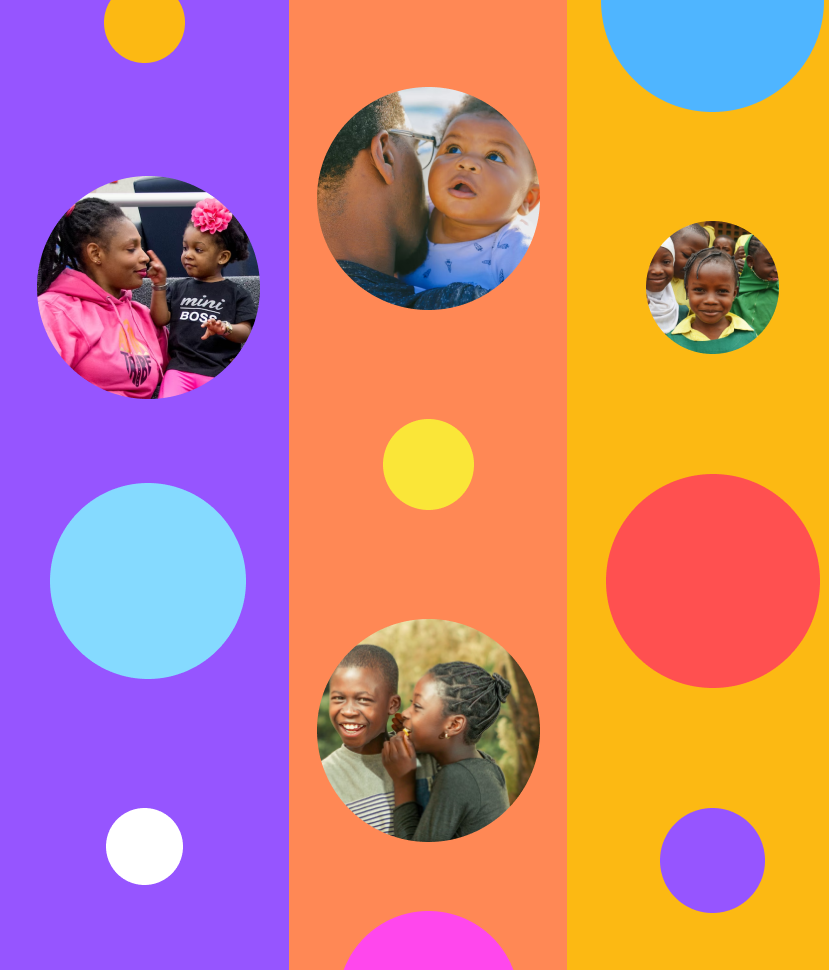Social communication deficits:
- Decreased sharing of interests with others
- Difficulty understanding and expressing emotions
- Aversion to eye contact
- Limited proficiency in non-verbal gestures
- Stilted or scripted speech
- Literal interpretation of abstract ideas
- Difficulty making and maintaining friendships









